Abstract
Background/Aims
Endoscopic stenting is an evolving treatment for symptomatic Crohn's strictures. Several case series and small studies have reported its efficacy. Future studies can be designed based on a systematic review of the evaluation of efficacy. Hence, this meta-analysis was conducted to assess the critical role of stents in the management of intestinal strictures associated with Crohn's disease (CD).
Methods
A literature search of various databases from 2000 to February 2022 was conducted for studies evaluating the outcome of stents in patients with CD-related stricture. The outcomes assessed included technical and clinical success, adverse events, symptom recurrence, and the need for a surgical resection. Pooled event rates across studies were expressed with summative statistics.
Results
Ten studies with 170 patients were included in the present analysis. The pooled event rates for technical success, clinical success, stent migration, and post-procedural pain were 98.2% (95% CI, 95.8-100), 71.3% (95% CI, 57.4-85.1), 32% (95% CI, 0.0-65.3) and 20.2% (95% CI, 4.1-36.2), respectively. The cumulative recurrence rate and need for surgery were 40.1% (95% CI, 20.3-59.9) and 8.6% (95% CI, 1.7-15.5), respectively. Subgroup analysis showed that partially-covered (PC) self-expanding metallic stent (SEMS) was significantly better than fully-covered SEMS with a lower stent migration rate and symptom recurrence rate.
Intestinal stricture remains a common complication associated with Crohn's disease (CD), significantly affecting the patients' quality of life. The etiology of strictures in CD can be inflammatory, fibrotic, or a combination of both and management is determined by the degree of inflammatory activity. In the case of predominantly inflammatory strictures, medical therapy is the first therapeutic option, while surgical resection is reserved for irreversible fibrotic strictures.1 Within a decade of initial diagnosis, around one-third of the patients with CD develop stricture, and up to 50% require at least one surgical resection.2,3 After the initial ileal resection, approximately 40% of the patients have a recurrence of obstructive symptoms after four years, and more than 50% of the patients require a repeat operation after 15 years.4
Although the use of biologicals has revolutionized the management of CD, which may have led to reduced rates of recurrence and surgery, the morbidity with a surgical resection remains high. Apart from bowel resection, strictureplasty is another surgical option, conserving bowel length and minimizing the risk of short bowel syndrome. However, it has a higher risk of disease recurrence than a resection (OR, 1.61; 95% CI, 1.03-2.52).5 Hence, it is crucial to explore alternative therapies to avoid or delay surgery for CD-related strictures.
The most common endoscopic therapy for CD-related stricture is endoscopic balloon dilatation (EBD). A previous meta-analysis on the efficacy and safety of EBD in CD-related strictures reported a pooled clinical success rate of 70% and complication rate of 6.4%, with no difference in the outcome of anastomotic and de-novo strictures.6 On the other hand, the stricture recurrence rate and cumulative surgery rate 5 years after EBD remain as high as 60%7 and 75%,6 respectively.
Recent advances in stents with their efficacy in malignant gastrointestinal (GI) strictures have led to an examination of their role in benign GI strictures. Endoscopic stenting is evolving as an alternative therapy to EBD in CD, but the data are limited and show inconsistent results. This inconsistency may be due to the difference in the technique, type of stent used, and definition of endpoints. Thus, this meta-analysis was conducted to assess the efficacy and safety of stents in treating CD-related strictures.
The current meta-analysis was conducted as per the Meta-analysis Of Observational Studies in Epidemiology (MOOSE) guidelines (Supplementary Table 1).8 Institutional Review Board clearance is not required for meta-analysis.
Electronic databases of MEDLINE, and ScienceDirect were searched from 2000 to February 2022 for all relevant studies using the keywords: Crohn AND Stent. There was no bar on language, provided the study outcomes were mentioned in the text. Initially, screening of the title and abstract of studies retrieved using the search strategy was conducted by two independent reviewers. Two researchers independently assessed the eligibility of the studies before including them. The bibliography of the included studies was also searched for any relevant studies. A third reviewer resolved any disagreement.
The studies included in this analysis were prospective and retrospective studies fulfilling the following criteria: a) Study population – patients with small intestinal or colonic stricture (both anastomotic and de novo) associated with CD; b) Intervention – any stent placement for CD-related stricture; c) Outcomes – efficacy and safety of stents in CD-related stricture. Studies with a total number of patients <5, review articles, correspondences, and editorials were excluded. Studies without relevant clinical data or incomplete data were also excluded.
The collected data was entered into a structured form by two reviewers. The form contained the following parameters of each study: first author, year of publication, country, number of patients, age and gender, details of stricture, type of stent placed, outcome measures, and duration of follow-up. A scale modified from the Newcastle–Ottawa scale for cohort studies was used to assess the quality of the included studies.9 A third independent individual was consulted in the case of a discrepancy.
Technical success was defined as the successful placement of the stent across the stricture, as observed on fluoroscopy. Clinical success was defined as the resolution of the signs and symptoms in patients in whom technical success could be achieved. Recurrence was defined by the recurrent symptoms after the initial success of stenting. Surgery was required for the complication of stenting-like perforation, embedment of the stent, or failure to improve after stenting with persistent or recurrent symptoms. On the other hand, to assess the long-term efficacy of stents, this study analyzed only the surgeries for persistent or recurrent symptoms after stenting.
The pooled proportions were computed using a random-effects inverse-variance model with a DerSimonian-Laird estimate of tau2.10 Before statistical analysis, a continuity correction of 0.5 was applied when the incidence of an outcome was zero in a study. The I2 and p-values were used to assess the heterogeneity. A p<0.10 was taken as statistically significant while I2 values <30%, 30% to 60%, 61% to 75%, and >75% were considered as low, moderate, substantial, and considerable heterogeneity, respectively.11 A leave-one-out meta-analysis was performed as a part of sensitivity analysis to investigate the influence of each study on the overall effect-size estimate and identify influential studies. The publication bias assessment was conducted by evaluating the funnel plot asymmetry and quantified using Egger's test.12 The meta-analysis was performed using Stata 17.0 software package (Stata Corp LP, College Station, TX, USA).
One hundred and eighty-two records were identified after a search from databases, of which 165 records were screened after removing duplicate studies (Fig. 1). After screening, six case reports and three case series, which included two patients each, were excluded. Overall, 10 studies13-22 were included in the final analysis (Table 1). The number of patients in the studies varied from five to 46, with a disease duration from 2 weeks to 41 years and stricture length varying from 5 mm to 60 mm. Four studies included partially-covered self-expanding metallic stents (PC-SEMS),15,19-21 three studies used fully-covered (FC)-SEMS,14,16,22 two studies used biodegradable stents13,18 and one study used uncovered (UC)-SEMS.17 Among the studies included, two studies were of high quality,19,22 six were of medium quality,13-17,20,21 and two were of low quality (Supplementary Table 2).17,18
The clinical success rate of the procedure was reported in nine studies13-21 with 122 patients. The pooled clinical success rate was 71.3% (95% CI, 57.4-85.1; I2 68.4%; p=0.001), with substantial heterogeneity among the studies (Fig. 3). On subgroup analysis, the pooled clinical success rate with PC-SEMS (80.9%; 95% CI, 60.9-100) was higher compared to FC-SEMS (65.6%; 95% CI, 47.4-83.8) and biodegradable stent (46.1%; 95% CI, 0.0-95.1), even though it was not statistically significant.
The incidence of stent migration was reported in 10 studies13-22 with 165 patients. The pooled stent migration rate was 32% (95% CI, 0.0-65.3; I2 98.4%; p=0.0001) with considerable heterogeneity among the studies (Fig. 4). Subgroup analysis showed that the migration rate with PC-SEMS was 6.1% (95% CI, 0.5-11.8), which was significantly lower than FC-SEMS (87.2%; 95% CI, 71.2-100) (p=0.000) but not biodegradable stents (23.7%; 95% CI, 3.1-44.2) (p=0.108).
Only one severe adverse event (perforation) associated with stent placement was reported by Loras et al.22. The patient had distal migration of the FCSEMS, which was trapped in a diverticulum in a tortuous sigmoid colon, leading to perforation, for which a sigmoid resection was performed. Post-procedural pain increasing the duration of hospitalization was reported in four studies14,15,20,21 with a pooled incidence of 20.2% (95% CI, 4.1-36.2; I2 67.6%; p=0.026) with substantial heterogeneity among the studies (Supplementary Fig. 1).
Ten studies13-22 with 165 patients reported the recurrence of symptoms with or without an additional procedure. The pooled recurrence rate was 40.1% (95% CI, 20.3-59.9; I2 89.9%; p=0.0001) with considerable heterogeneity among the studies (Fig. 5). On subgroup analysis, the recurrence rate using PC-SEMS was 19.4% (95% CI, 5.4-33.4), which was significantly lower compared to FC-SEMS (61.2%; 95% CI, 32.2-90.2; p=0.011).
Surgical resection for indications other than an immediate complication of stenting was reported in seven studies14-18,20,21 with 66 patients. The indications included failure to improve,16,20 symptomatic recurrence after the initial clinical response,16,17,21 and stent embedment.14,16,18 The pooled surgical resection rate was 8.6% (95% CI, 1.7-15.5; I2 2.2%; p=0.408), with low heterogeneity among the studies (Fig. 6).
The outcomes of technical success and stent migration were associated with publication bias (Supplementary Fig. 2, Supplementary Table 3). Sensitivity analysis was performed by excluding one study from each analysis to account for the studies that may distort the overall results. On the leave-one-out meta-analysis, none of the outcomes except for stent migration showed any significant difference in the pooled proportions (Supplementary Figs. 3-7). With the exclusion of the study by Loras et al.22, the pooled proportion of stent migration was reduced to 24% (95% CI, 6-41).
This study focused on the utility of bowel preserving procedures in the current era of non-invasive patient care using endoscopically deployed stents for CD-related strictures. The pooled technical success rate for endoscopic stent placement was 98.2%, without heterogeneity among the studies. The present analysis reports a higher clinical success rate, a lower migration rate, and a lower recurrence rate with PC-SEMS compared to FC-SEMS and biodegradable stents. Serious adverse events are rare, with post-procedural pain being the commonest adverse event with a pooled incidence of 20.2%. The pooled surgical resection rate was 8.6% on the follow-up, but the sample size was small.
An initial systematic review for self-expanding stents in the management of benign colorectal obstruction reported a clinical success of 87%, with a perforation rate of 12% and a re-obstruction rate of 14%.23 Based on the high complication rate compared to colonic stenting for malignant etiologies, the previous review concluded that stenting could not be recommended for benign colorectal obstruction. In the previous review, however, only three patients had a CD-related stricture, while a majority (66/122, 54%) had an obstruction due to diverticulitis. This high rate of complications may be due to persisting sepsis or inflammatory activity at the site of diverticulitis, making the bowel friable and susceptible to local damage. Hence, stent placement in patients with a CD-related stricture should be avoided in those predominantly with inflammation and limited to fibrotic or anastomotic strictures.
The ideal stent type for the management of CD-related strictures remains an unresolved issue as the current stents are not explicitly designed for this purpose. FC-SEMS do not adhere to mucous membranes, making them easier to remove but at the cost of an increased rate of distal migration. In contrast, PC-SEMS may prevent possible distal migration, but they are more likely to adhere to the mucosa, making their removal more difficult. Biodegradable stents combined the benefits of avoiding hyperplastic mucosal reaction in FC-SEMS and the non-requirement of removal as in UC-SEMS into one device. They were believed to provide an extended period of dilation compared to other stents, with stent integrity and radial force being maintained for 6-8 weeks.24 However, the initial study by Rejchrt et al.13 showed a 30% migration rate with biodegradable stents. They used three different designs varying in the type of anchorage: a dual flare end, a wavy-bodied stent, and a straight stent without flared ends. As expected, the stents without flared ends (1/6) and the ones with wavy ends (2/3) were the ones to migrate. Karstensen et al.18 reported a poor clinical response to biodegradable stents with severe hypergranulation requiring stent removal or surgery. The technical difficulties of inserting biodegradable stents through the endoscopic channel with limited clinical success make it unappealing. The present analysis showed the best outcome with PC-SEMS regarding clinical success, stent migration, and recurrence. Hence, there is a need for dedicated PC-SEMS like double flare anti-migration stents, which may improve the efficacy of stenting in CD-related strictures.
There is also a paucity of data concerning the predictors of therapeutic failure. Attar et al.14 reported the associated perianal disease and discontinuation of the immunosuppressant as independent predictors of therapeutic failure (HR, 0.1; 95% CI, 0.02-0.58 and 0.12; 95% CI, 0.02-0.86, respectively). Thus, reducing the inflammatory burden associated with stricture rather than mechanical dilation is the primary driver of clinical success. On the other hand, performing small bowel MRI before stent placement was associated with a significantly higher probability of therapeutic success (HR, 5.3; 95% CI, 1.2-23.5). Hence, pre-procedural assessment of the stricture characteristics can aid in selecting suitable patients for endoscopic therapy.
The patient profile eligible for stenting procedures are largely similar to EBD, hence the interest in comparing these two groups. Theoretically, stents could be more effective because they allow constant lumen dilation over a more extended period than EBD. In the first-ever RCT comparing EBD with SEMS, clinical success was significantly higher in the PC-SEMS group (86% vs. 20% in the EBD group). However, the post-procedural pain was significantly higher in the PC-SEMS group, leading to the premature termination of the study. The study changed the protocol midway to perform a session of EBD-only pre-stent placement in the SEMS group because the first three patients in the SEMS group complained of post-procedural pain. The most recent RCT by Loras et al.22 compared the outcome of SEMS with EBD in CD with a predominantly fibrotic stricture. The 1-year symptom-free survival with any additional intervention was significantly higher in the EBD group than the SEMS group (80% vs. 51%, p=0.0061) with a similar rate of adverse events (including post-procedural pain). However, for patients with a stricture length >3 cm, the treatment outcome was similar in the two groups.
In a previous meta-analysis on the outcome of EBD for CD-related stricture,6 the pooled technical and clinical success rates were 90.6% (95% CI, 87.8-92.8) and 70.2% (95% CI, 60-78.8), respectively. The pooled rate of complications and perforation were 6.4% (95% CI, 5.0-8.2) and 3% (95% CI, 2.2-4.0) respectively. The present analysis also showed a similar outcome with stent placement but a significantly lower perforation rate. Hence, given their lower incidence of perforation, SEMS can be used in those with complex and longer strictures and those requiring repeated sessions of EBD.
Despite the low rate of perforation, there are a few practical issues with the use of stents for CD-related strictures. Attar et al.14 reported that stent retrieval was difficult in one case due to embedment in the stricture requiring surgery, while Loras et al.17 reported difficult stent retrieval in four out of 17 patients due to stent impaction (two with PC-SEMS and two with FC-SEMS). However, Das et al. reported a 100% success rate for stent removal. Proximal migration of the stent was another complication in two studies. In the first case,14 the stent could be retrieved after EBD, while the second case17 required surgery to remove the stent. Hence, the risk of post-procedural pain, embedment, and proximal migration need to be considered and handled if endoscopic stenting should be considered and justified.
This systematic review is limited by the quality of evidence available, despite the systematic literature search and inclusion of the most recent publications. Most studies were observational with a small sample size, making them susceptible to bias. Selection bias is a reasonable risk in this study, but it is the only published synthesis of the outcome of stenting for CD-related strictures. Although this study compared the outcome of UC-SEMS with other stents, no definite conclusion could be drawn as there was only one study on UC-SEMS. The difference in effect concerning the location and type of stricture could not be assessed. Anastomotic strictures are more likely to be short segments than de-novo strictures. Thus, they are theoretically likely to have a better outcome. Given that the number of anastomotic strictures was higher than de-novo strictures in the included studies, stents may play a greater role in anastomotic strictures than de-novo strictures. Technical success in strictures involving the left colon is expected to be higher than proximal colonic strictures because of the short distance and less angulation. The optimal timing of stent placement for achieving a better outcome could not be evaluated due to premature migration of stents. In addition, the follow-up duration was inconsistent, making it difficult to assess the long-term effects of stenting. Finally, this study could not analyze the predictors of a successful outcome and a detailed, cost-effective analysis. All these limitations are areas for future research.
In conclusion, the place for endoscopic stenting in managing CD-related strictures may need to be redefined. The present analysis provides insight into stent safety and efficacy for managing CD-related strictures. While a clinical success rate of 71.3% indicates short-term benefit, the long-term data on avoidance of surgery needs to be studied. Although the present meta-analysis showed a benefit of PC-SEMS concerning various outcomes, it is underpowered to make definite conclusions. Further studies will be needed to compare the outcome of SEMS with EBD and different stent types before recommending one above the other.
REFERENCES
1. Rodríguez-Lago I, Gisbert JP. 2020; The role of immunomodulators and biologics in the medical management of stricturing Crohn's disease. J Crohns Colitis. 14:557–566. DOI: 10.1093/ecco-jcc/jjz158. PMID: 31541235.
2. Solberg IC, Vatn MH, Høie O, et al. 2007; Clinical course in Crohn's disease: results of a Norwegian population-based ten-year follow-up study. Clin Gastroenterol Hepatol. 5:1430–1438. DOI: 10.1016/j.cgh.2007.09.002. PMID: 18054751.
3. Peyrin-Biroulet L, Loftus EV Jr, Colombel JF, Sandborn WJ. 2010; The natural history of adult Crohn's disease in population-based cohorts. Am J Gastroenterol. 105:289–297. DOI: 10.1038/ajg.2009.579. PMID: 19861953.
4. Rutgeerts P, Geboes K, Vantrappen G, Beyls J, Kerremans R, Hiele M. 1990; Predictability of the postoperative course of Crohn's disease. Gastroenterology. 99:956–963. DOI: 10.1016/0016-5085(90)90613-6.
5. Butt WT, Ryan ÉJ, Boland MR, et al. 2020; Strictureplasty versus bowel resection for the surgical management of fibrostenotic Crohn's disease: a systematic review and meta-analysis. Int J Colorectal Dis. 35:705–717. DOI: 10.1007/s00384-020-03507-z. PMID: 32048011.
6. Morar PS, Faiz O, Warusavitarne J, et al. 2015; Systematic review with meta-analysis: endoscopic balloon dilatation for Crohn's disease strictures. Aliment Pharmacol Ther. 42:1137–1148. DOI: 10.1111/apt.13388. PMID: 26358739.
7. Sabaté JM, Villarejo J, Bouhnik Y, et al. 2003; Hydrostatic balloon dilatation of Crohn's strictures. Aliment Pharmacol Ther. 18:409–413. DOI: 10.1046/j.1365-2036.2003.01715.x. PMID: 12940926.
8. Stroup DF, Berlin JA, Morton SC, et al. 2000; Meta-analysis of observational studies in epidemiology: a proposal for reporting. Meta-analysis Of Observational Studies in Epidemiology (MOOSE) group. JAMA. 283:2008–2012. DOI: 10.1001/jama.283.15.2008. PMID: 10789670.
9. Stang A. 2010; Critical evaluation of the Newcastle-Ottawa scale for the assessment of the quality of nonrandomized studies in meta-analyses. Eur J Epidemiol. 25:603–605. DOI: 10.1007/s10654-010-9491-z. PMID: 20652370.
10. DerSimonian R, Laird N. 1986; Meta-analysis in clinical trials. Control Clin Trials. 7:177–188. DOI: 10.1016/0197-2456(86)90046-2.
11. Mohan BP, Adler DG. 2019; Heterogeneity in systematic review and meta-analysis: how to read between the numbers. Gastrointest Endosc. 89:902–903. DOI: 10.1016/j.gie.2018.10.036. PMID: 30902218.
12. Easterbrook PJ, Berlin JA, Gopalan R, Matthews DR. 1991; Publication bias in clinical research. Lancet. 337:867–872. DOI: 10.1016/0140-6736(91)90201-Y.
13. Rejchrt S, Kopacova M, Brozik J, Bures J. 2011; Biodegradable stents for the treatment of benign stenoses of the small and large intestines. Endoscopy. 43:911–917. DOI: 10.1055/s-0030-1256405. PMID: 21623562.
14. Attar A, Maunoury V, Vahedi K, et al. 2012; Safety and efficacy of extractible self-expandable metal stents in the treatment of Crohn's disease intestinal strictures: a prospective pilot study. Inflamm Bowel Dis. 18:1849–1854. DOI: 10.1002/ibd.22844. PMID: 22161935.
15. Branche J, Attar A, Vernier-Massouille G, et al. Extractible self-expandable metal stent in the treatment of Crohn's disease anastomotic strictures. Endoscopy. 2012; 44 Suppl 2 UCTN:E325–E326. DOI: 10.1055/s-0032-1309854. PMID: 23012003.
16. Levine RA, Wasvary H, Kadro O. 2012; Endoprosthetic management of refractory ileocolonic anastomotic strictures after resection for Crohn's disease: report of nine-year follow-up and review of the literature. Inflamm Bowel Dis. 18:506–512. DOI: 10.1002/ibd.21739. PMID: 21542067.
17. Loras C, Pérez-Roldan F, Gornals JB, et al. 2012; Endoscopic treatment with self-expanding metal stents for Crohn's disease strictures. Aliment Pharmacol Ther. 36:833–839. DOI: 10.1111/apt.12039. PMID: 22966851.
18. Karstensen JG, Christensen KR, Brynskov J, Rønholt C, Vilmann P, Hendel J. 2016; Biodegradable stents for the treatment of bowel strictures in Crohn's disease: technical results and challenges. Endosc Int Open. 4:E296–E300. DOI: 10.1055/s-0042-101940. PMID: 27004247. PMCID: PMC4798842.
19. Attar A, Branche J, Coron E, et al. 2021; An anti-migration self-expandable and removable metal stent for Crohn's disease strictures: a nationwide study from GETAID and SFED. J Crohns Colitis. 15:521–528. DOI: 10.1093/ecco-jcc/jjaa208. PMID: 33106876.
20. Das R, Singh R, Din S, et al. 2020; Therapeutic resolution of focal, predominantly anastomotic Crohn's disease strictures using removable stents: outcomes from a single-center case series in the United Kingdom. Gastrointest Endosc. 92:344–352. DOI: 10.1016/j.gie.2020.01.053. PMID: 32081614.
21. Hedenström P, Stotzer PO. 2021; Endoscopic treatment of Crohn-related strictures with a self-expandable stent compared with balloon dilation: a prospective, randomised, controlled study. BMJ Open Gastroenterol. 8:e000612. DOI: 10.1136/bmjgast-2021-000612. PMID: 33722805. PMCID: PMC7970316.
22. Loras C, Andújar X, Gornals JB, et al. 2022; Self-expandable metal stents versus endoscopic balloon dilation for the treatment of strictures in Crohn's disease (ProtDilat study): an open-label, multicentre, randomised trial. Lancet Gastroenterol Hepatol. 7:332–341. DOI: 10.1016/S2468-1253(21)00386-1.
23. Currie A, Christmas C, Aldean H, Mobasheri M, Bloom IT. 2014; Systematic review of self-expanding stents in the management of benign colorectal obstruction. Colorectal Dis. 16:239–245. DOI: 10.1111/codi.12389. PMID: 24033989.
24. Loras Alastruey C, Andújar Murcia X, Esteve Comas M. 2016; The role of stents in the treatment of Crohn's disease strictures. Endosc Int Open. 4:E301–E308. DOI: 10.1055/s-0042-101786. PMID: 27014743. PMCID: PMC4804954.




 PDF
PDF Citation
Citation Print
Print



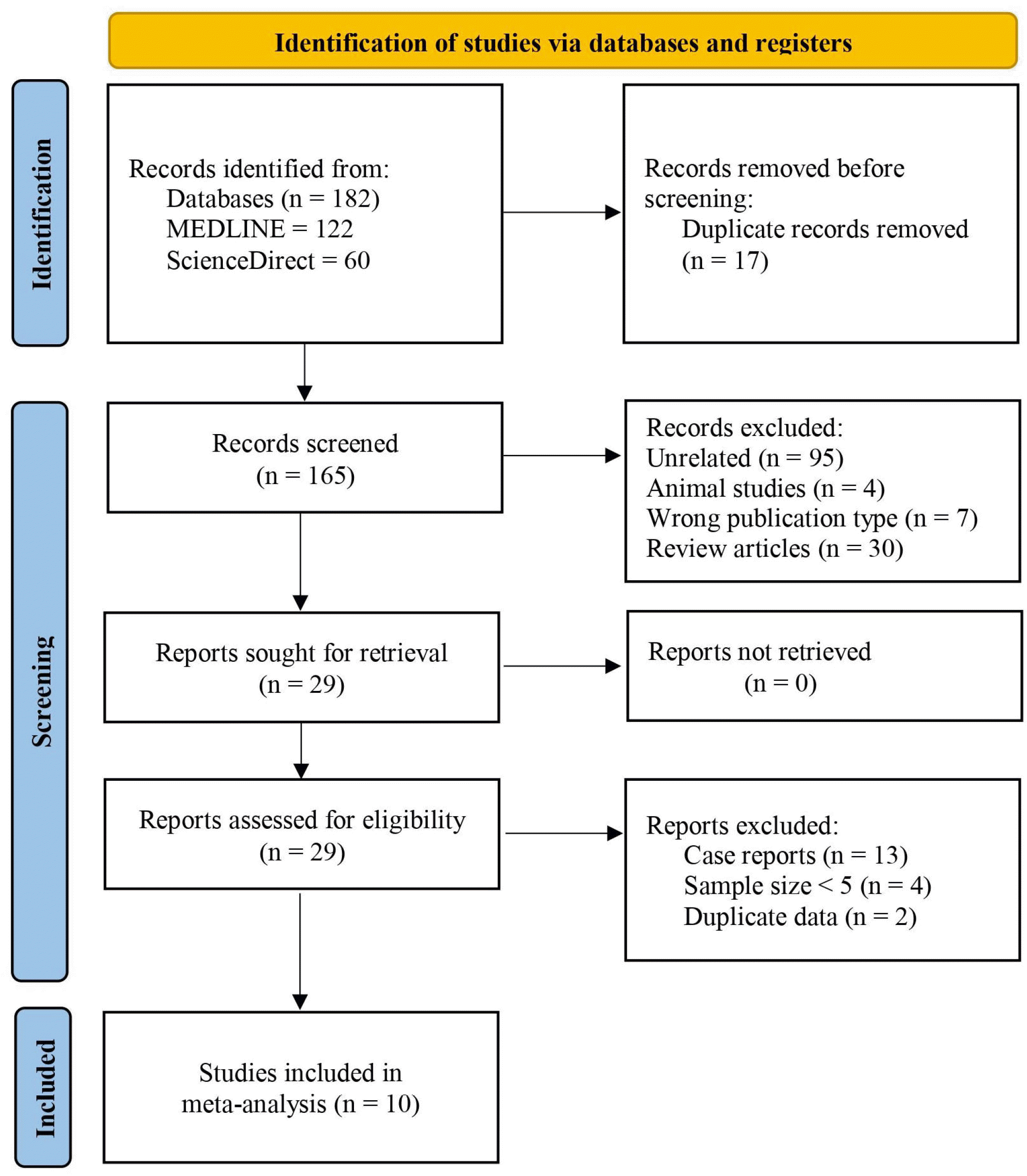
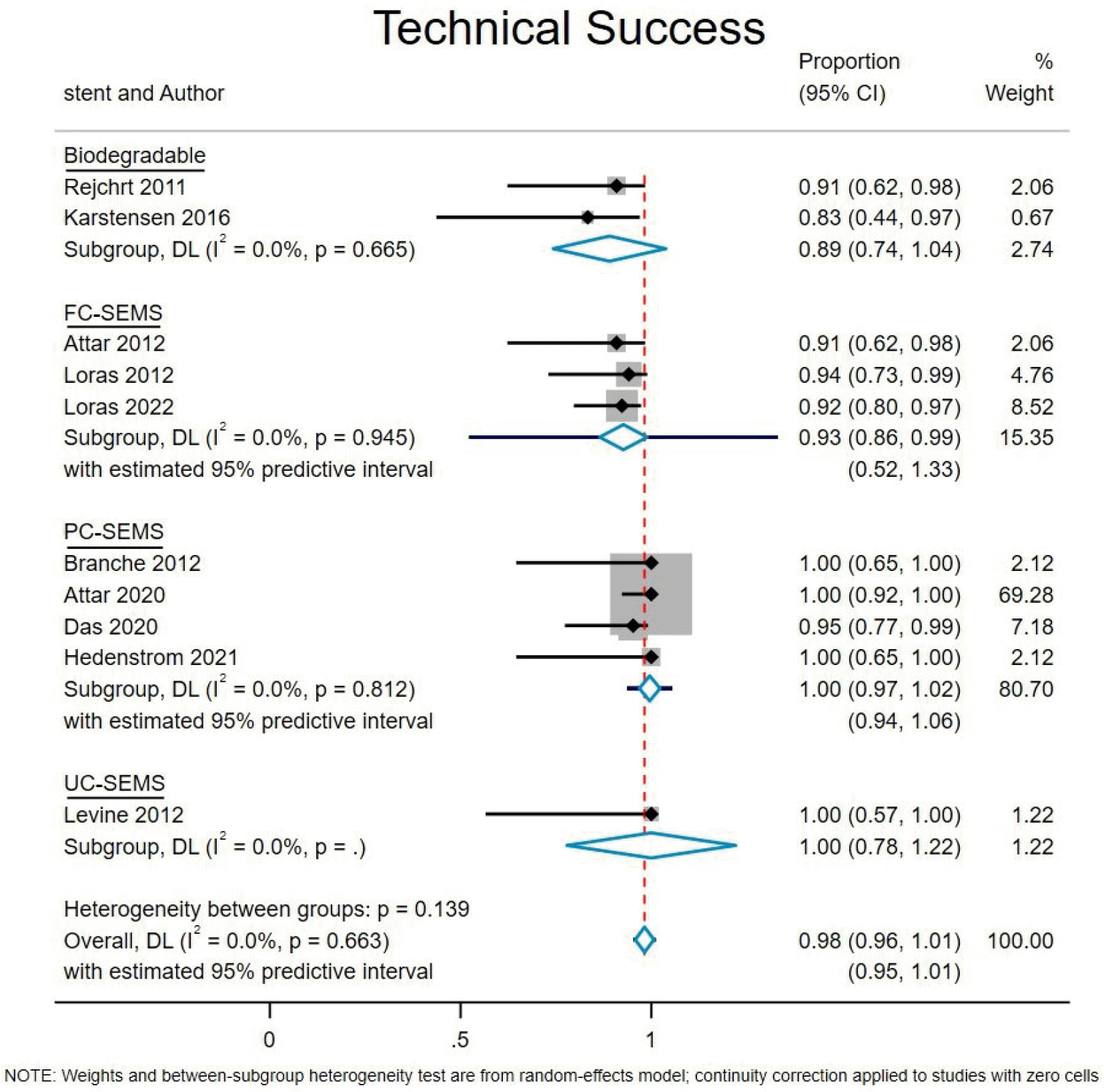
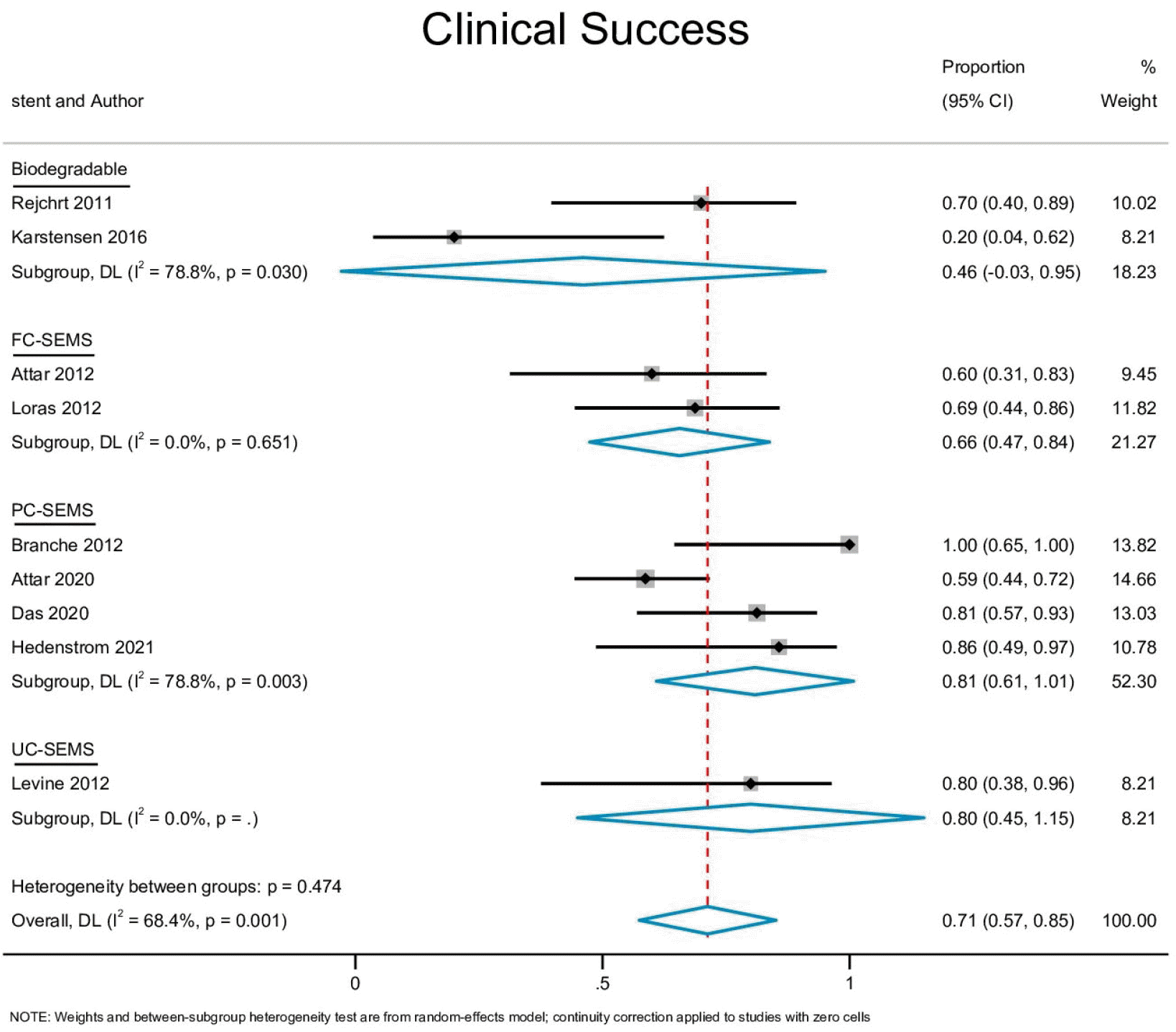
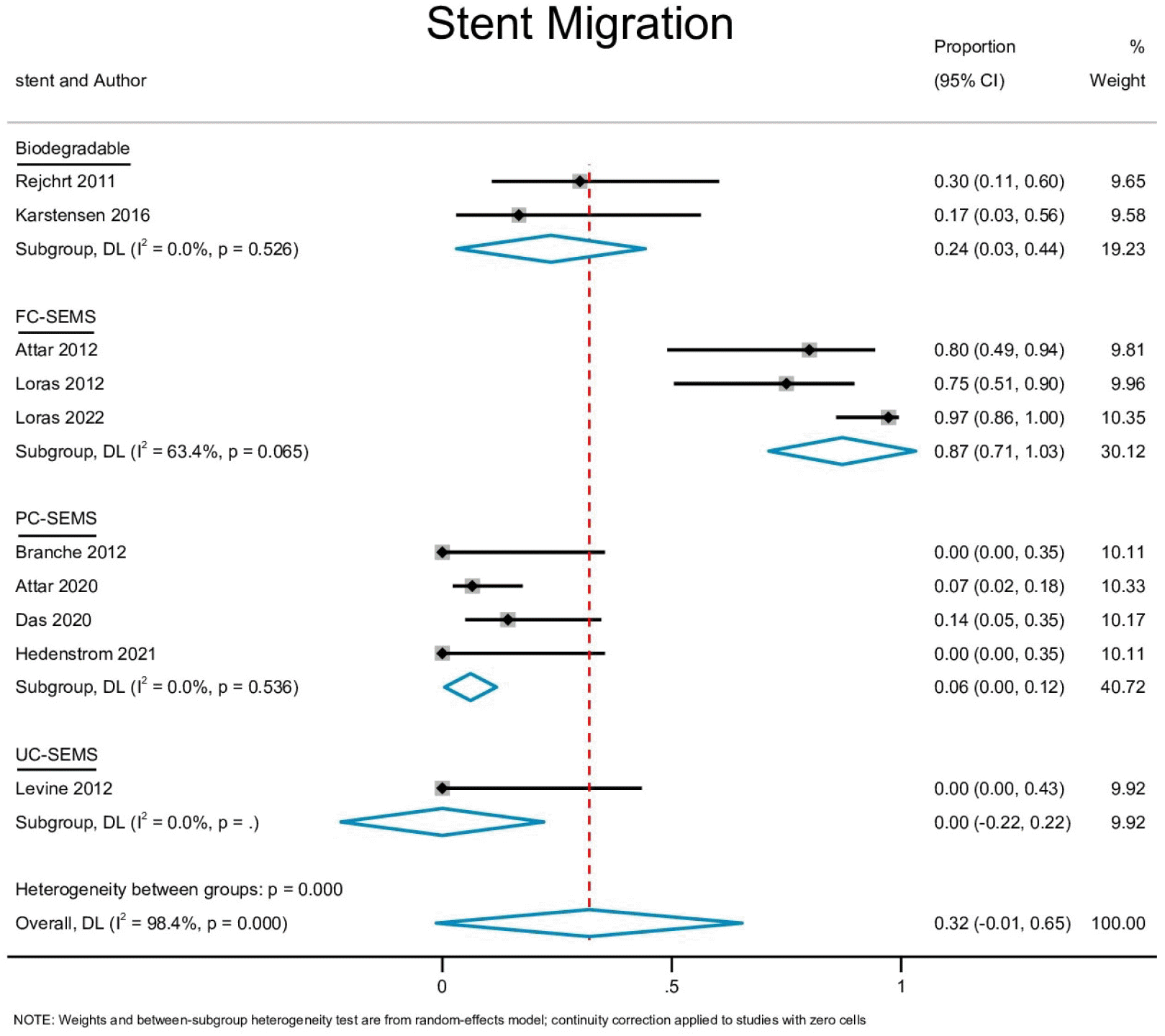
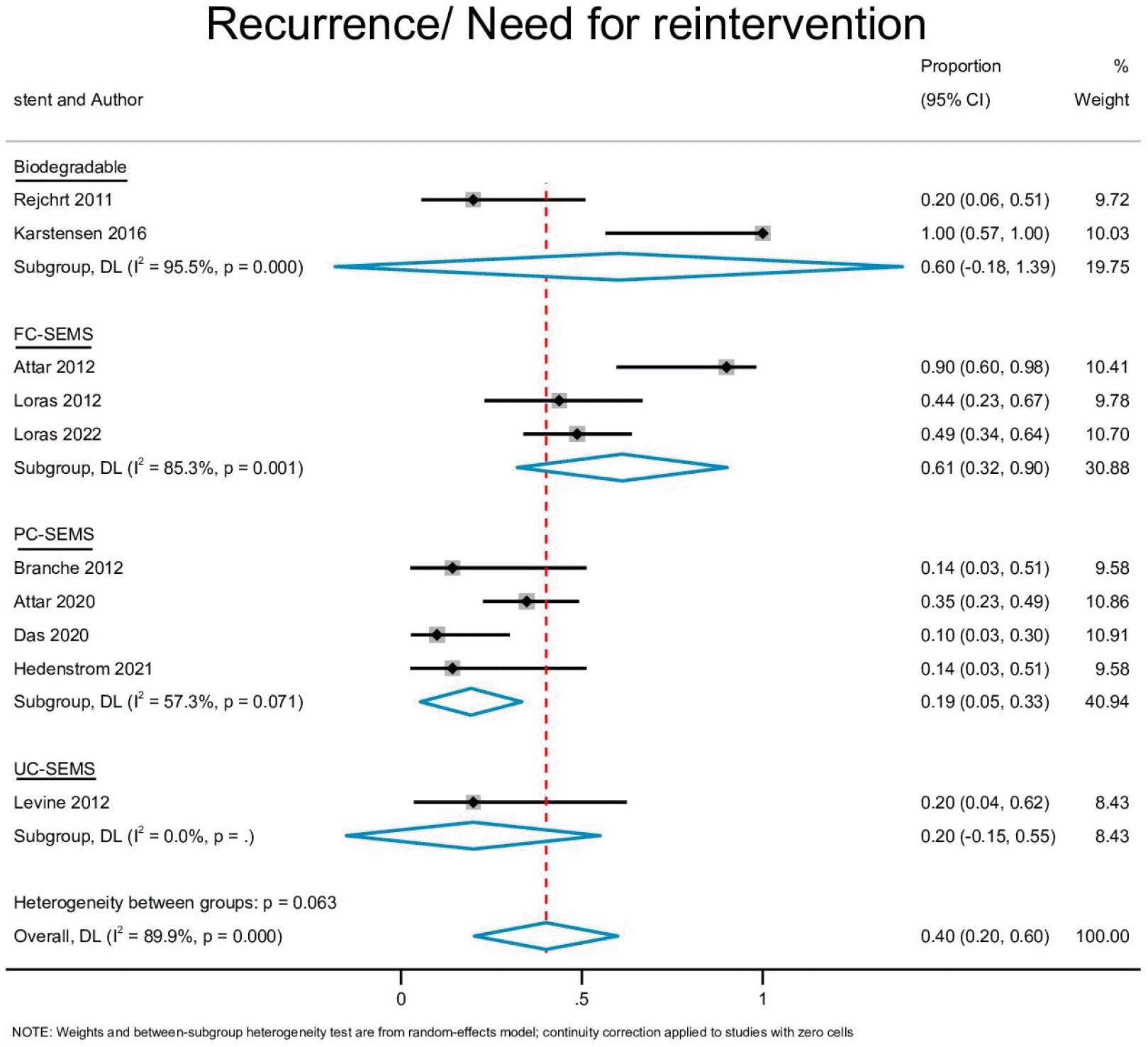
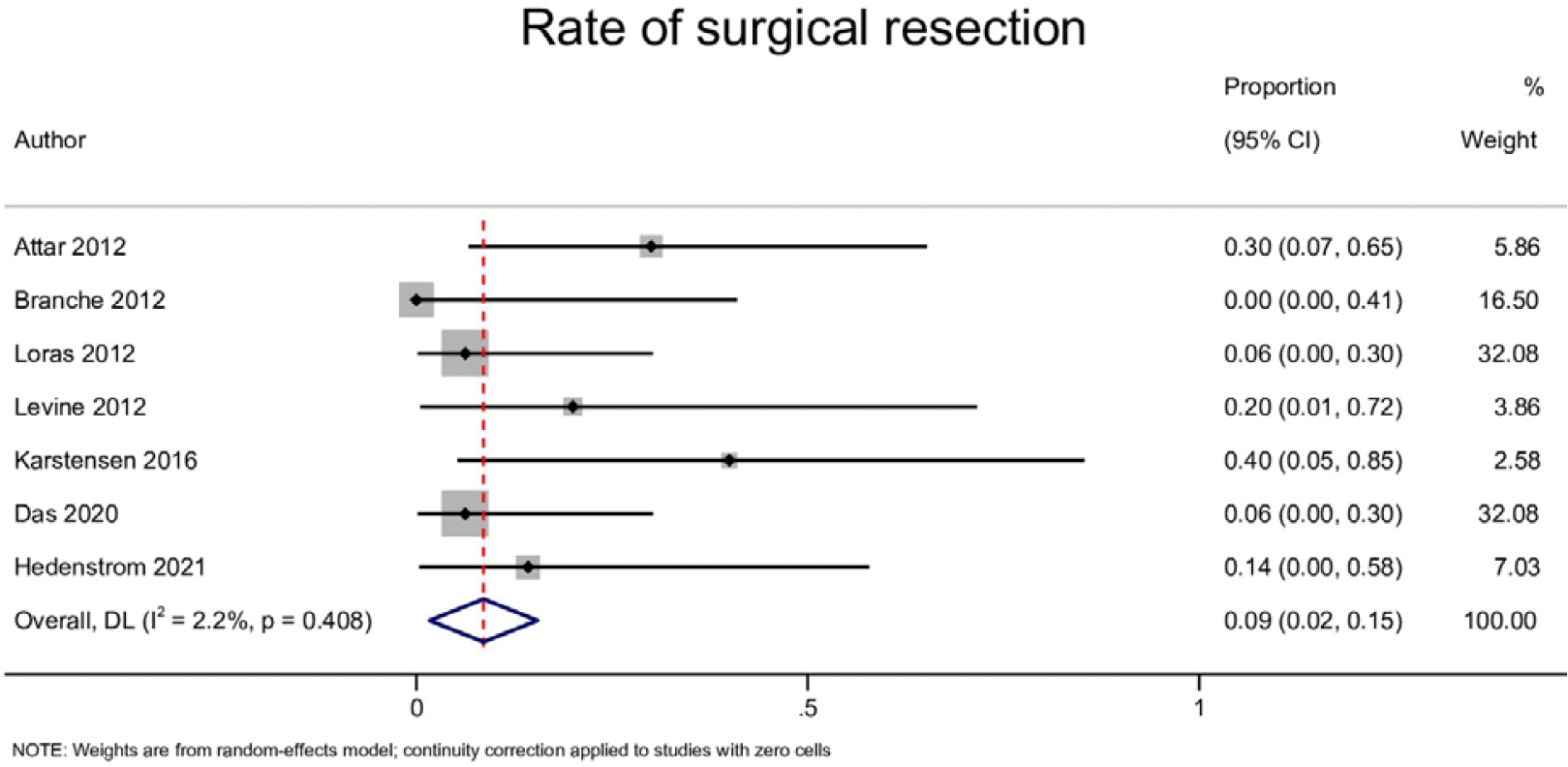
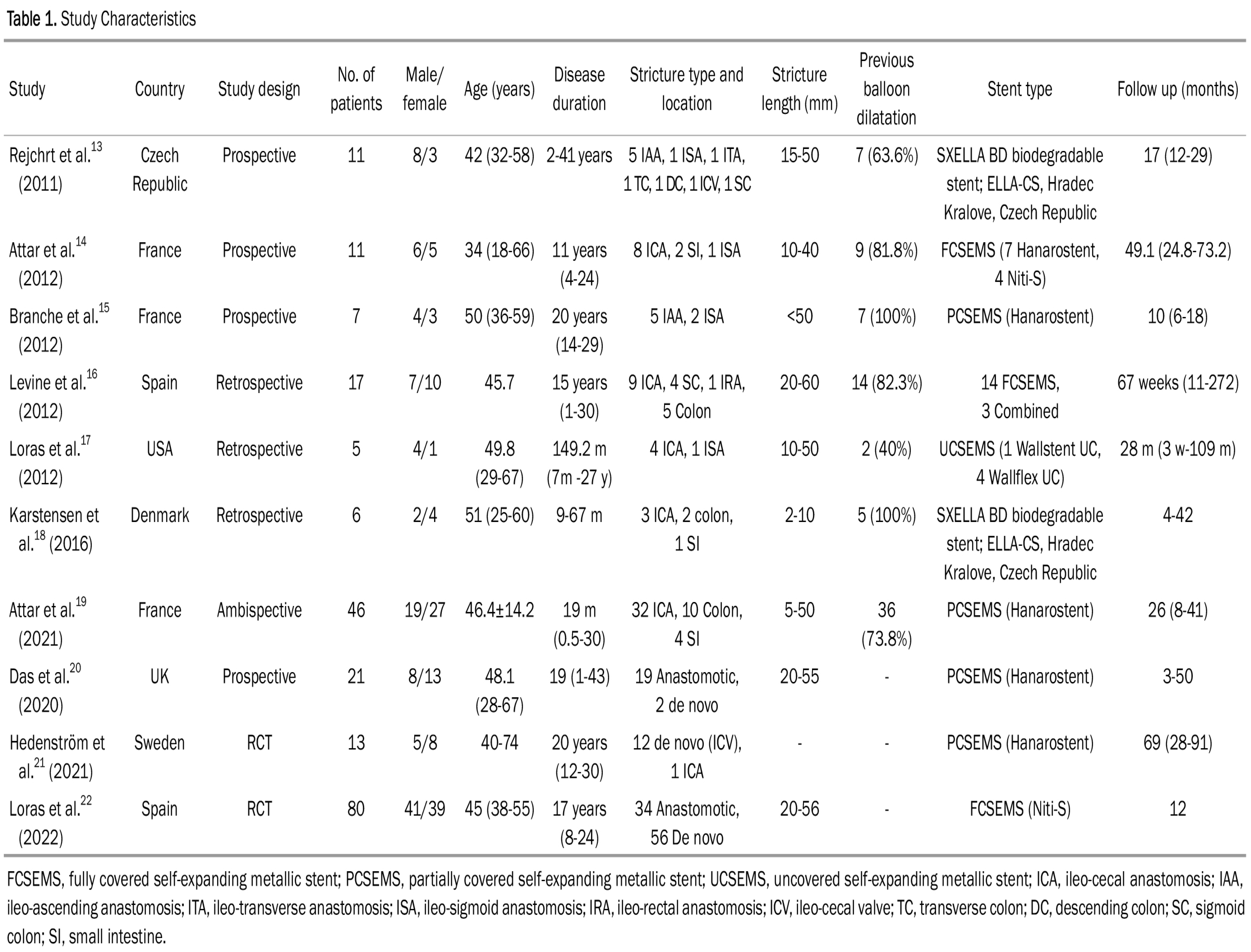
 XML Download
XML Download